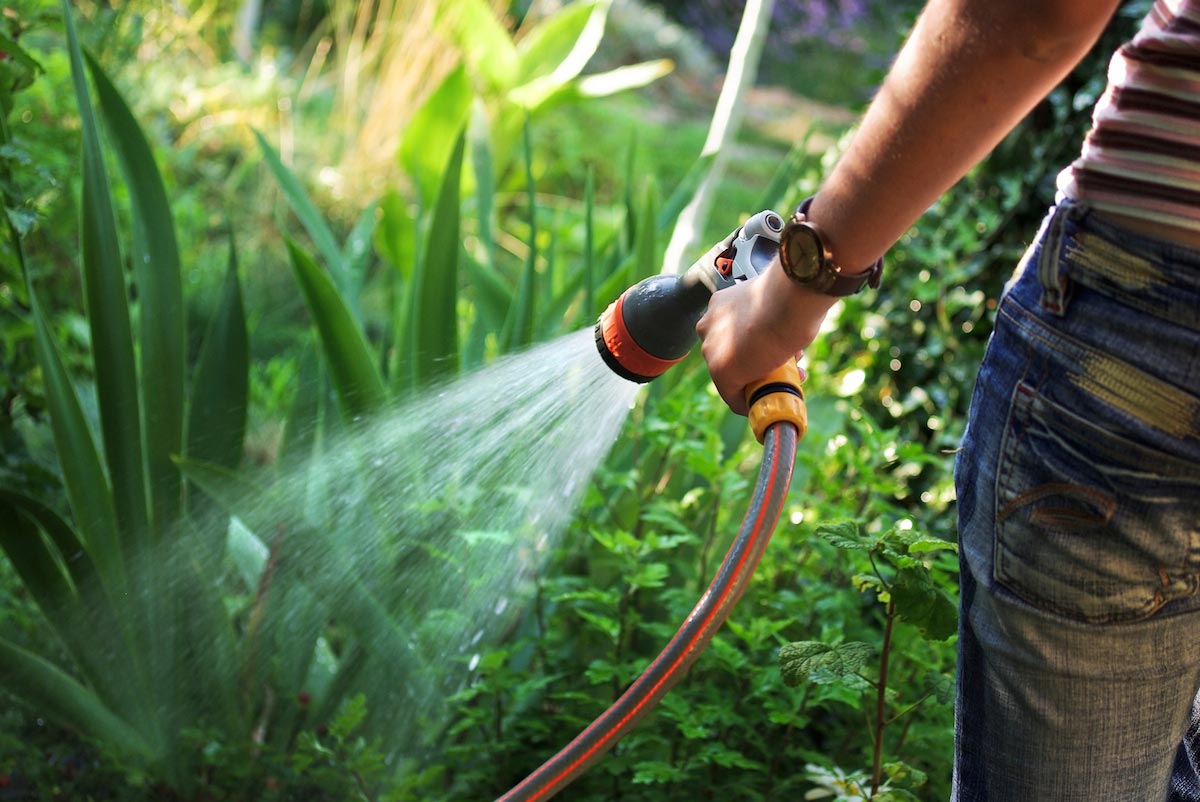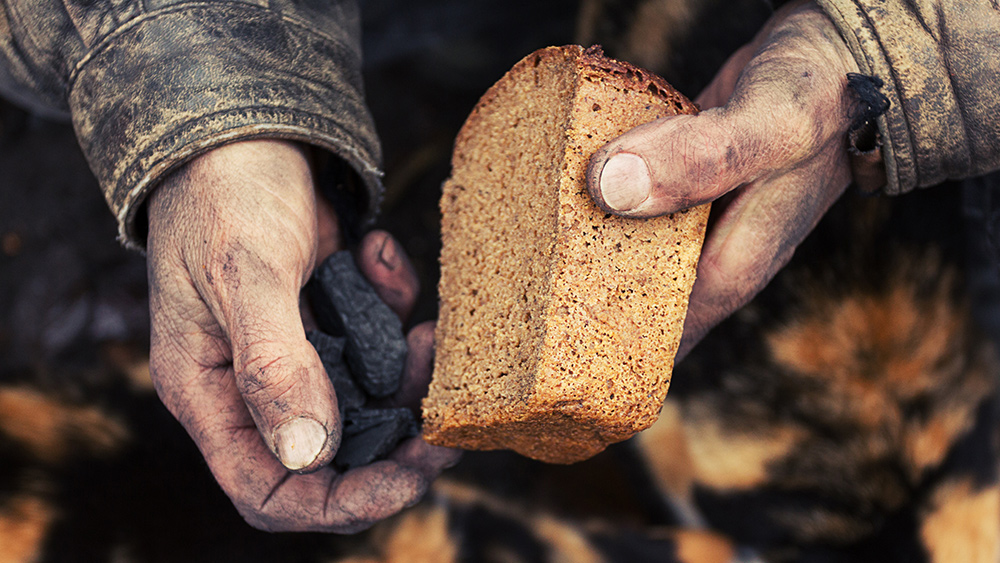
Advertisement
(Homesteading.news) Growing season is upon us and before long you’ll be preparing soil for your seeds and seedlings. Like previous years, you’re looking forward to a bountiful harvest.
What you’re not looking forward to, however, is weeding your grow patch. Who can blame you? Weeding can be tedious, backbreaking work that takes valuable time away from a hundred other things you’d rather be doing. So let’s focus this year on how best to keep your weeding to a minimum naturally, without having to use a poisonous herbicide.
— Don’t wait: As soon as you can in spring, start weeding your gardens, because weeds are much smaller and have weaker roots at the beginning of the grow season. That makes them easier to pull. In addition, the soil is generally damper and that makes pulling easier still.
Getting rid of weeks with their roots is important, too, because certain root species can spread via rhizomes or tubers instead of seeds. And weeding early means your plants will shade the ground as they grow, making it harder for weeds to return.
— Go deep: After the spring rains and the soil dries, pulling weeds out by their roots will become nearly impossible, so your best bet is to take a hawkbill linoleum or carpet knife with you to the garden; the hooked tip will penetrate deeper into the ground and in a single pulling motion. Also, the linoleum knife is ideal for removing grass when you need to make a planting bed.
If you don’t have the time for deep-down weeding, at least pull out what you can; the idea is to keep your garden from over-weeding and making it more of a chore to take care of.

— Choke them out: Mulch can be one of your best anti-weed friends. A layer of mulch will pretty much smother weeds and there will be a much-reduced need for plucking or cutting. You can also make your own by collecting wood shavings, using straw, throwing down leaves, or compost. Click here to find out which mulch works best to neutralize the pH in your garden soil. Tip: Spreading the mulch in autumn means a weed-free spring.
— Harvest those weeds: If you have a major weed problem about the only thing you can do is to just clip all of them. Key in this is having the correct tools that make clipping the weed’s leafy parts much easier (tools tend to do that – make physical work much easier!). And while repeated clipping won’t disturb your soil it will deplete the weeds’ energy levels and cause them to wither and die. Tips: Consider using a hoe, a hand scythe or some other specialized weeding tool; avoided the weed eaters so you don’t damage your crops!
— Starve them out: Another good anti-weed technique is to essentially starve them out by leaving them little space to grow. You can plant ground cover species like rye, clover or buckwheat twice as close; soon, weeds will have no place to sprout, much less grow. Also, such ground cover plants will attract insects that pollinate your crops and put valuable nutrients back into the soil.
Here’s a video that proves having the right tool for the right weeding job makes it much easier – and faster:
Video H/T: All Things Plants
Homesteading.news is part of the USA Features Media network of sites.
Submit a correction >>
Advertisement
Advertisements















